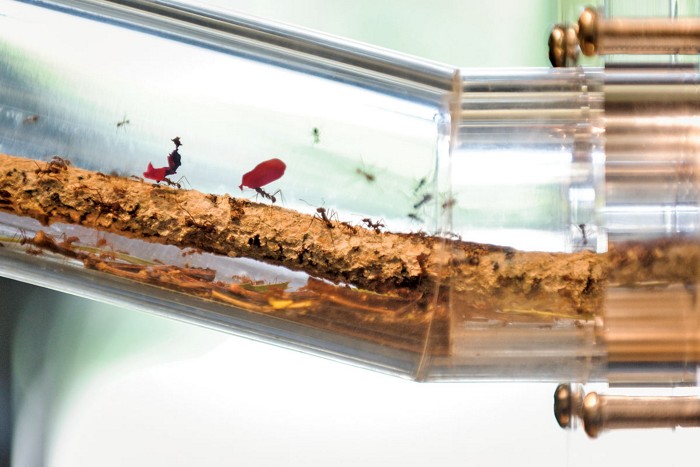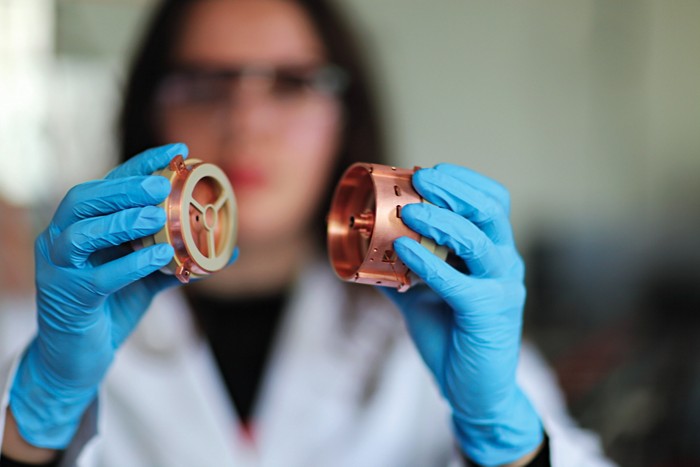Advertisement
Grab your lab coat. Let's get started
Welcome!
Welcome!
Create an account below to get 6 C&EN articles per month, receive newsletters and more - all free.
It seems this is your first time logging in online. Please enter the following information to continue.
As an ACS member you automatically get access to this site. All we need is few more details to create your reading experience.
Not you? Sign in with a different account.
Not you? Sign in with a different account.
ERROR 1
ERROR 1
ERROR 2
ERROR 2
ERROR 2
ERROR 2
ERROR 2
Password and Confirm password must match.
If you have an ACS member number, please enter it here so we can link this account to your membership. (optional)
ERROR 2
ACS values your privacy. By submitting your information, you are gaining access to C&EN and subscribing to our weekly newsletter. We use the information you provide to make your reading experience better, and we will never sell your data to third party members.
Mass Spectrometry
Instrument makers advance spectrometry
New ion manipulation techniques promise to improve drug and biochemical analysis
by Marc S. Reisch
November 14, 2019
| A version of this story appeared in
Volume 97, Issue 45

Advances in ion separation technology are behind a new instrument from Waters being called the first cyclic ion mobility mass spectrometer and a $15 million series A fundraising for the scientific instrumentation start-up MOBILion Systems.
Agilent Technologies, a maker of mass spectrometers with which MOBILion partnered in September, led the fundraising round. Agilent plans to begin offering MOBILion’s ion separation technology on its Q-TOF mass spectrometers in 2020.
MOBILion’s technology, known as structures for lossless ion manipulation (SLIM), was invented by Richard D. Smith at Pacific Northwest National Laboratory. By moving ions through a compact serpentine path, SLIM enables fast, high-resolution separation of glycans, proteins, and metabolites for drug research. MOBILion expects to eventually offer SLIM units for mass specs from instrument makers other than Agilent.
MOBILion plans to use the funds to hire more people, advance product development, and generate fee-for-service revenue through a new applications development lab.
Meanwhile, Waters says its Select Series Cyclic IMS mass spectrometer replaces traditional linear ion mobility with a compact cyclic device. Ions travel in a circle, increasing resolution with every pass.
The firm expects scientists will use the instrument to probe deeply into the chemistry and biology of human disease. It just installed the first one at Aston University.




Join the conversation
Contact the reporter
Submit a Letter to the Editor for publication
Engage with us on Twitter